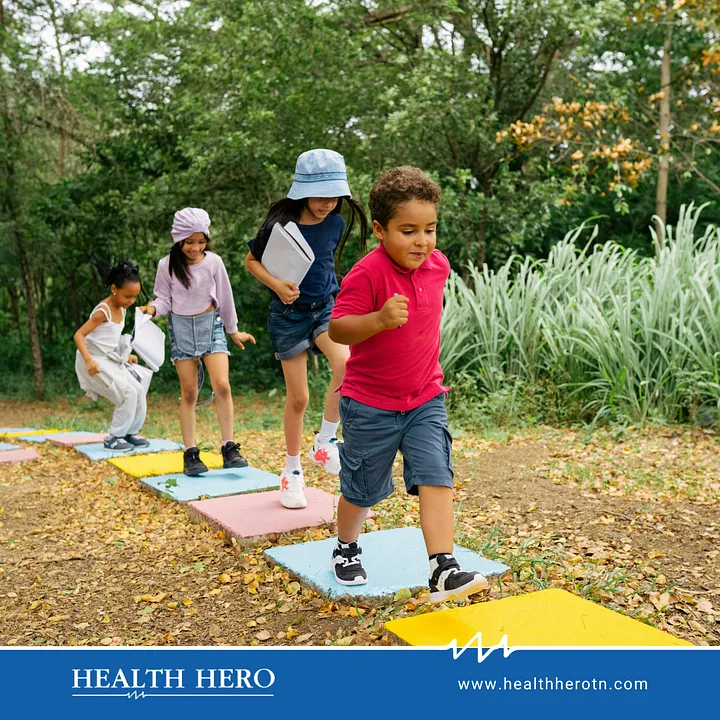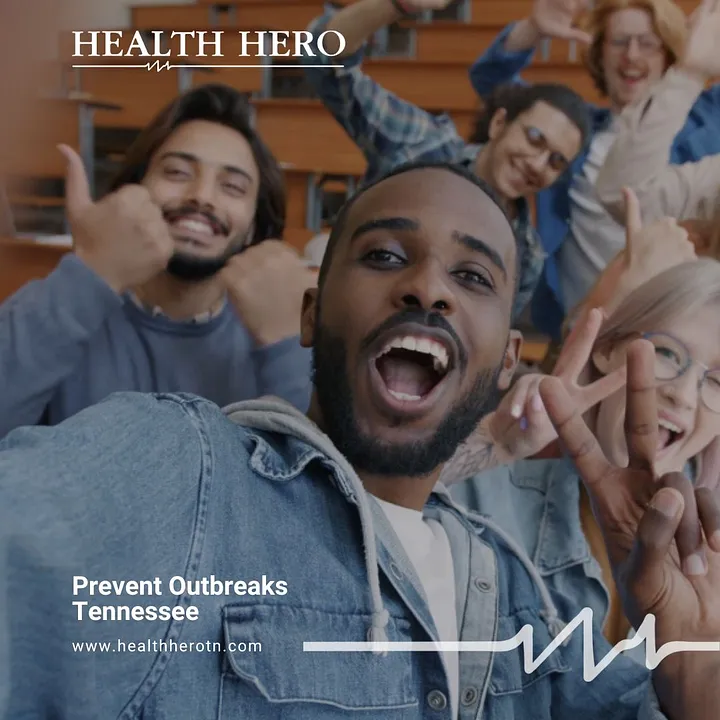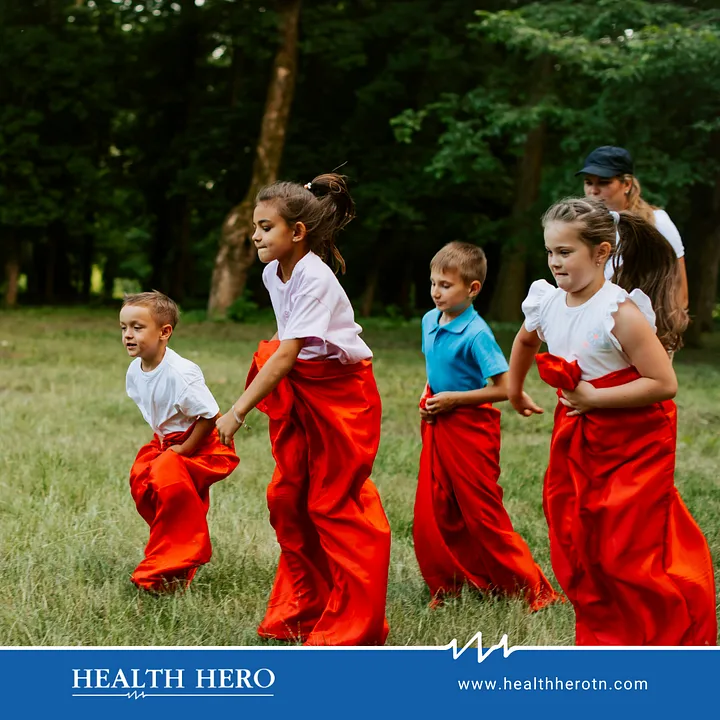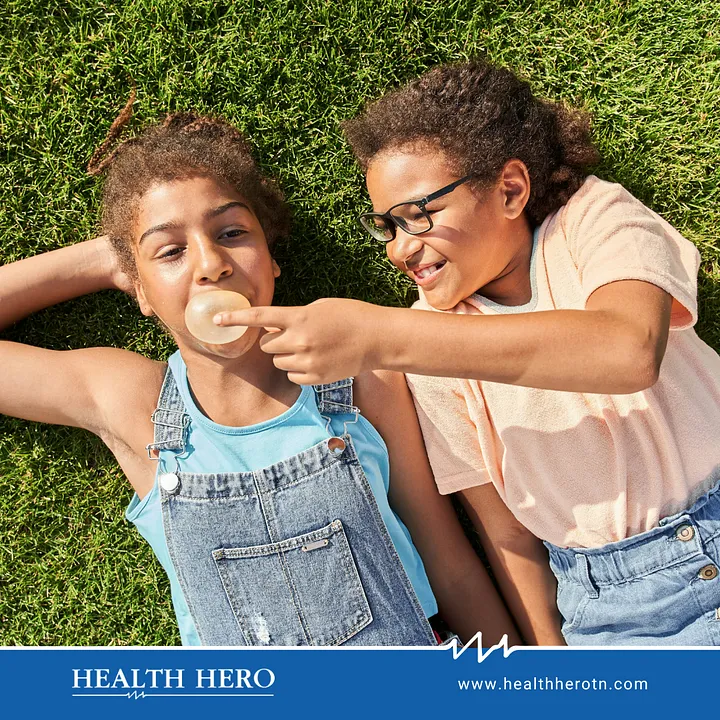As flu season approaches, Tennessee is experiencing an increase in respiratory illnesses, particularly in certain regions. Data from the Centers for Disease Control and Prevention (CDC) indicate that the current levels of these illnesses may surpass last summer’s wave and approach the peak levels of last winter’s wave in the western parts of the country.
This rise in cases is attributed to a combination of factors, including low vaccination rates and severe heat waves across Tennessee, which have led many people to stay indoors, increasing the potential for virus transmission. Currently, only 22.5% of adults and 14.4% of children in Tennessee are up to date on their vaccinations. Among pregnant individuals, the rate is even lower at just 13.3%, despite their increased risk of severe illness and complications.
The Importance of Vaccination Before Flu Season
Vaccination before the flu season is crucial for several reasons. One significant concern is the potential dual threat of the flu and other respiratory viruses. Both viruses can strain healthcare systems, leading to increased hospitalizations and severe illnesses. Vaccinations can help mitigate these risks by reducing the severity of illnesses and the burden on healthcare facilities.
Vaccination also provides enhanced protection by reducing the transmission of viruses within communities, which is particularly important for vulnerable populations such as the elderly and immunocompromised individuals. Ensuring everyone is vaccinated can help keep these populations safer and healthier during the flu season.
Prioritizing Children for Vaccination
Children in Tennessee should be prioritized for vaccination due to their developing immune systems and frequent exposure to settings with other children. Vaccinating children helps lower transmission rates within communities and protects those around them, including family members like grandparents.
While children often experience milder symptoms, they are not immune to severe outcomes. Vaccination can prevent hospitalizations and long-term health issues associated with respiratory illnesses and ensure children miss fewer school days.
Common Infections and Recommended Vaccines for Tennessee Children Before School Starts
Besides the flu, Tennessee children should be mindful of several common infections before returning to school, such as measles, whooping cough, hepatitis B, and pneumococcal disease. Recently, there has been a rise in measles cases in the US, with 165 confirmed cases, mostly in children under five.
To protect against these diseases, children in Tennessee should receive the following vaccines before school starts:
- Diphtheria and Tetanus toxoid-containing vaccine and Pertussis vaccine (DTaP or Tdap)
- Hepatitis B vaccine
- Measles, Mumps, and Rubella vaccine (MMR)
- Polio vaccine
- Varicella (Chickenpox) vaccine
Ensuring children are up to date on their vaccinations will help them enjoy the rest of summer and prepare for a healthy school season.
Sources
CDC: Wastewater COVID-19 National and Regional Trends









